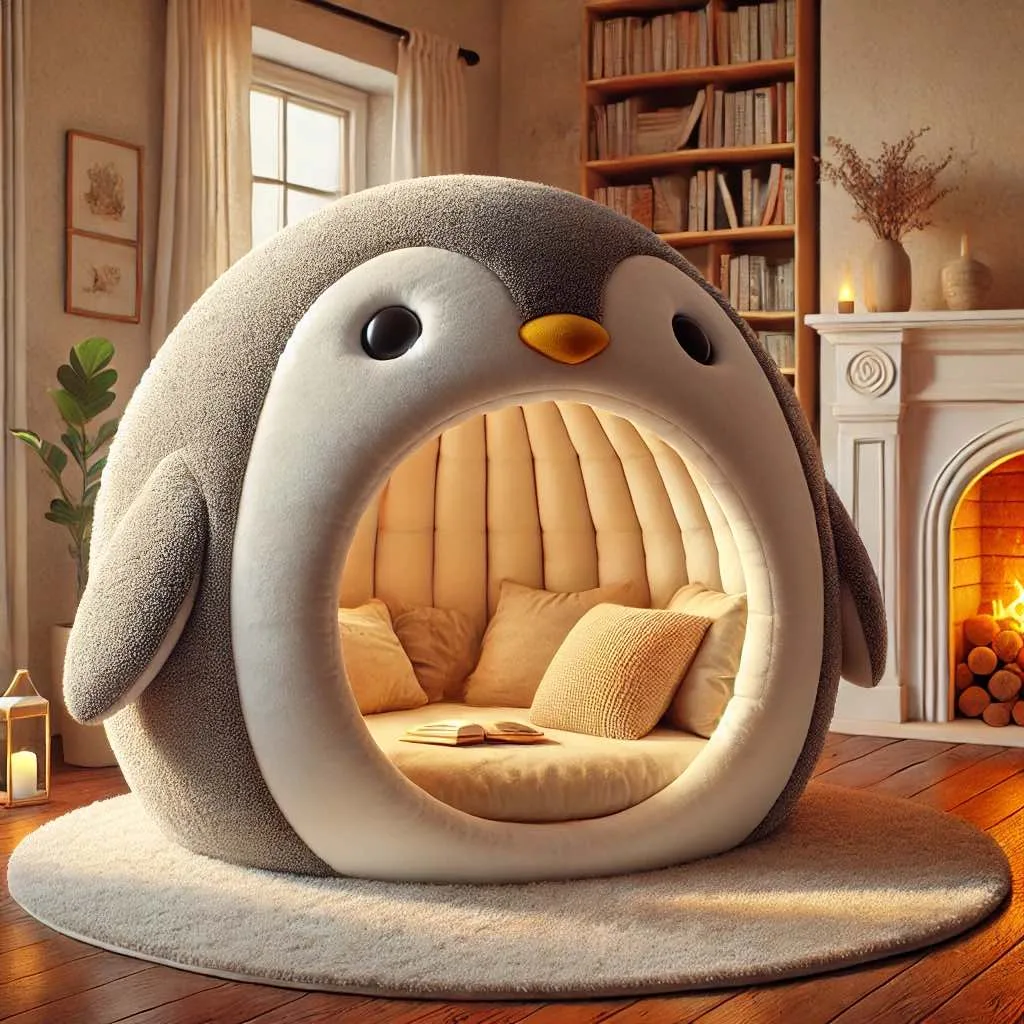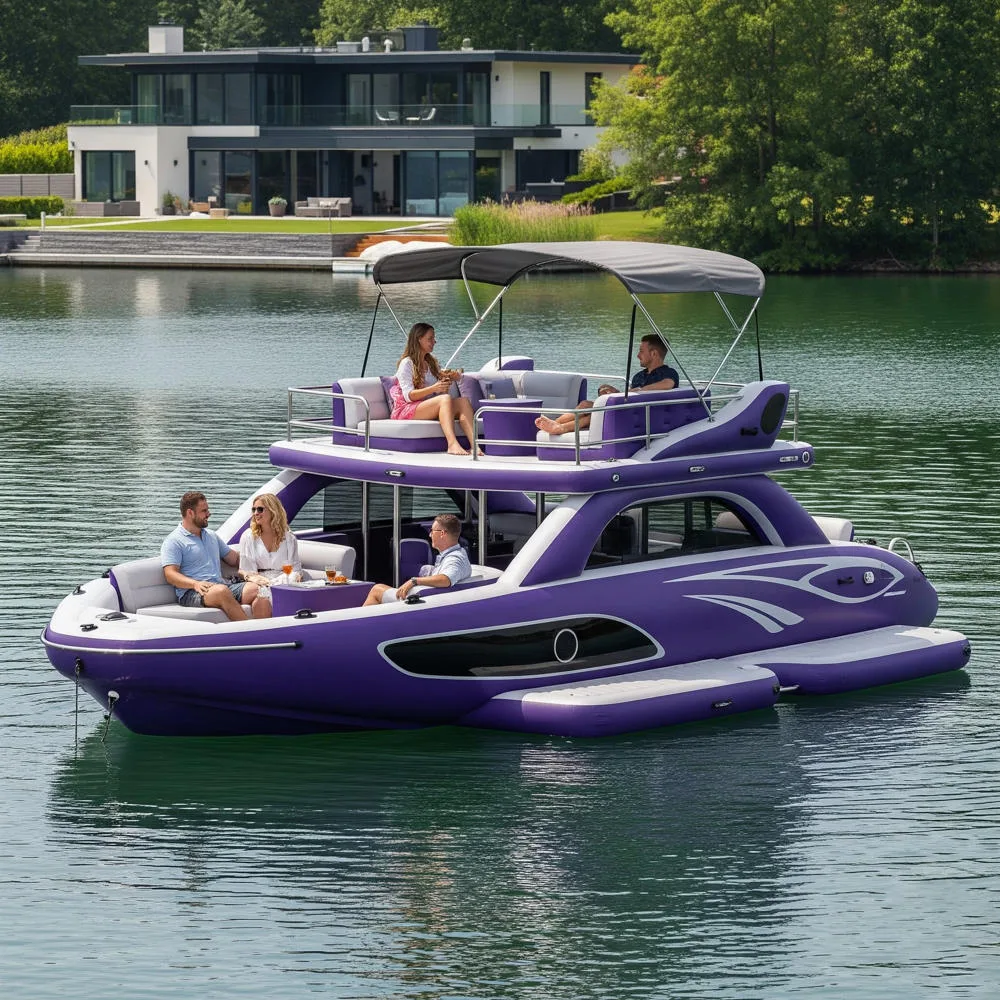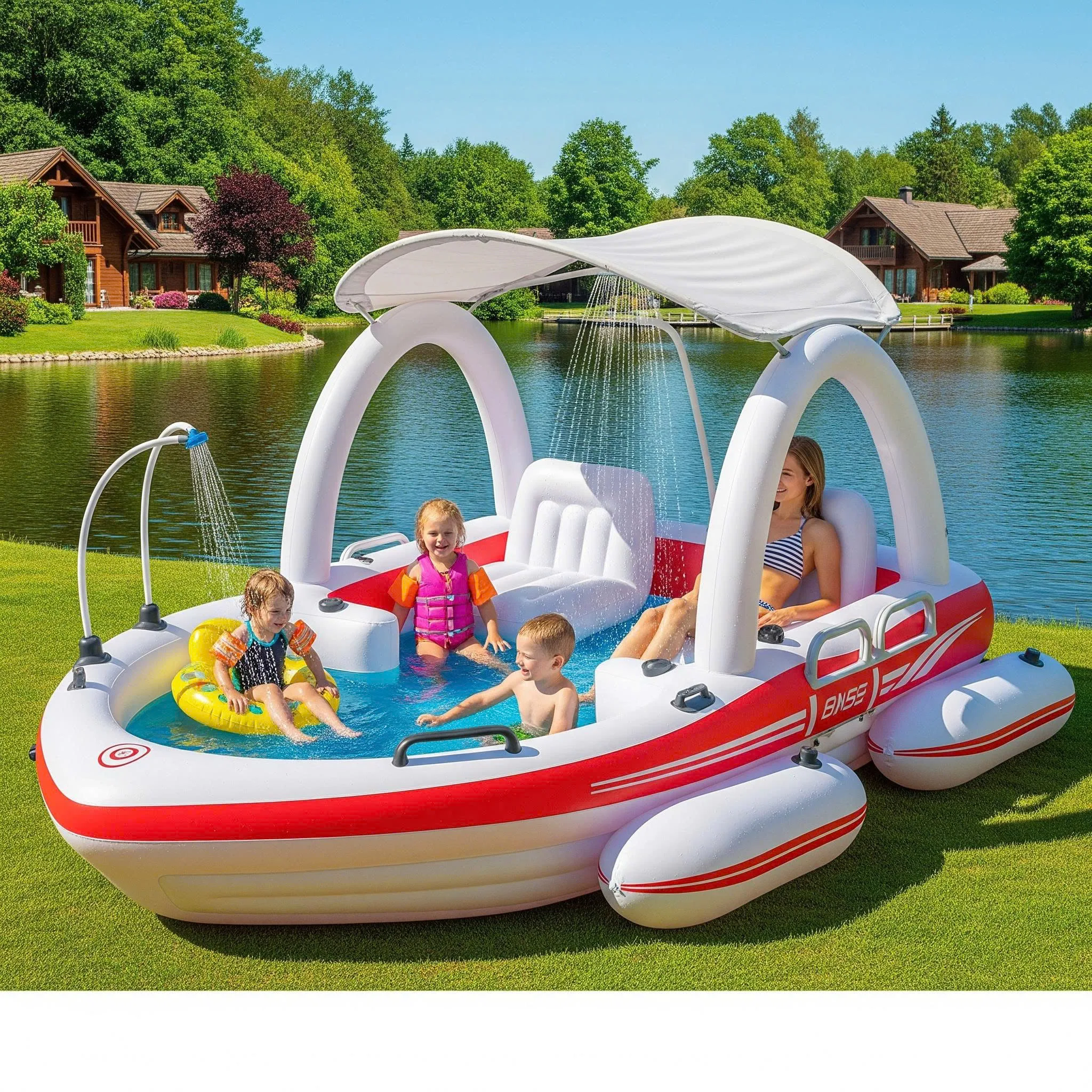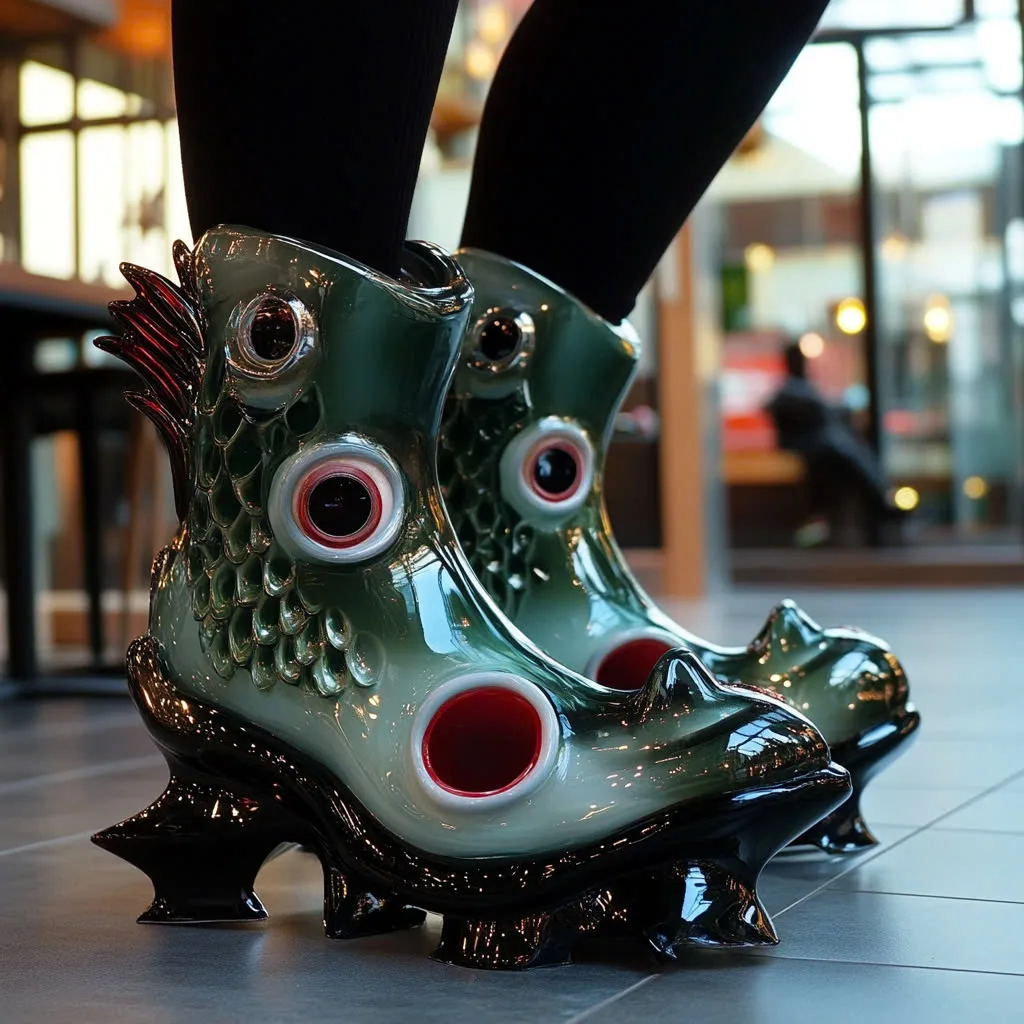Penguins are among the most fascinating creatures of the animal kingdom, with their tuxedo-like appearance and endearing waddles captivating people worldwide. These remarkable birds have evolved to survive in some of the harshest environments on Earth, from the frozen landscapes of Antarctica to the rocky shores of South America and Africa. One of the most crucial aspects of their survival is their choice of habitat, commonly referred to as “penguin dens.”
Penguin dens serve as protective shelters, providing warmth and safety against predators and the relentless cold. These cozy homes vary in structure and location depending on the species, each adapting to its unique environmental conditions. This article delves into the fascinating world of penguin dens, exploring their construction, purpose, and importance in the lives of these resilient ice dwellers.

The Purpose and Importance of Penguin Dens
1. Protection from Harsh Weather Conditions
Penguins inhabit some of the coldest and windiest regions on Earth. To shield themselves from extreme temperatures, they rely on dens that offer insulation and shelter. In Antarctica, Emperor Penguins, for example, huddle together in large groups to conserve body heat, while other species seek natural crevices or burrow into the ground for additional warmth.
2. Safe Nesting Sites
Penguin dens play a critical role in breeding and raising young chicks. A secure nesting site ensures that eggs and hatchlings are protected from predators such as skuas, leopard seals, and petrels. Species like the Magellanic Penguin dig burrows in soft soil or sand, while Adélie Penguins build nests out of stones, creating a stable and safe environment for their offspring.
3. Social and Communal Living
Penguins are highly social animals that live in large colonies. Dens provide a communal space where penguins can interact, communicate, and cooperate. Within these colonies, penguins establish territories, recognize their mates, and raise their chicks in a structured environment. This social structure is essential for the survival and well-being of the species.

Types of Penguin Dens and Their Construction
1. Burrowed Dens
Some penguin species, such as the Magellanic and African Penguins, dig burrows into the soil or sand. These burrows serve as excellent protection against the sun, wind, and predators. The burrowing technique is particularly effective in regions where temperatures can rise significantly, helping to regulate the internal climate of the nest.
Burrow Construction Process:
- Penguins use their beaks and flippers to dig into soft soil or sand.
- They create tunnels leading to a nesting chamber.
- The burrow is lined with feathers, grass, and pebbles for insulation and comfort.
- Both parents take turns guarding and maintaining the nest throughout the breeding season.
2. Rocky Crevices and Cliffside Dens
Species like the Rockhopper Penguin and Galápagos Penguin prefer rocky crevices and cliffside locations for their dens. These natural formations provide strong protection against predators and harsh weather conditions.
Advantages of Rocky Dens:
- Harder for predators to access eggs and chicks.
- Naturally insulated by surrounding rocks, reducing exposure to extreme cold or heat.
- Close proximity to the ocean allows easy access to food sources.

3. Ice and Snow Shelters
In Antarctica, Emperor Penguins do not build traditional dens but instead rely on the surrounding ice and snow for protection. They form large huddles to share body warmth, creating a natural “den” out of their collective presence.
Unique Features of Ice and Snow Shelters:
- Penguins rotate positions within the huddle, ensuring that every member gets a chance to warm up.
- Ice shelves and snowbanks can provide some wind resistance.
- The dense feathers and thick layers of fat in Emperor Penguins help them withstand freezing temperatures without the need for physical dens.
4. Man-Made Penguin Dens
In response to habitat destruction and climate change, conservationists have developed artificial nesting sites to support penguin populations. These man-made dens mimic natural burrows, offering a safe and controlled environment for breeding.
Efforts in Penguin Conservation:
- Installation of artificial burrows in areas where habitat loss is a concern.
- Research and monitoring to ensure optimal conditions for nesting.
- Public awareness campaigns to protect natural penguin habitats.

The Role of Penguin Dens in Breeding and Parenting
1. Courtship and Mating Rituals
Penguin dens serve as essential sites for courtship and mating. Males often present pebbles, twigs, or other nesting materials to females as part of their courtship display. A well-constructed den can increase a male’s chances of attracting a mate.
2. Egg Incubation and Chick Rearing
After mating, females lay one or two eggs, depending on the species. The dens provide a secure place for incubation, with both parents taking turns keeping the eggs warm. Once the chicks hatch, the dens continue to serve as a protective nursery where parents feed and care for their young until they are strong enough to fend for themselves.
3. Growth and Development of Chicks
Penguin dens help regulate the temperature and provide safety during the early stages of a chick’s life. As chicks grow, they form crèches (group nurseries) within the colony, where they interact with other young penguins while still relying on parental care.

Threats to Penguin Dens and Conservation Efforts
1. Climate Change and Habitat Loss
Rising temperatures and melting ice have significantly impacted penguin habitats. The loss of stable ice shelves and changes in food availability threaten the survival of many species. Conservationists are working to monitor these changes and implement strategies to protect penguin populations.

2. Human Disturbance and Pollution
Tourism, fishing activities, and pollution have also posed threats to penguin dens. Disruptions in nesting areas can lead to abandoned eggs and decreased breeding success rates. Efforts to minimize human impact include setting up protected areas and regulating eco-tourism practices.
3. Conservation Programs and Future Solutions
Organizations worldwide are actively involved in penguin conservation. Initiatives such as habitat restoration, artificial nesting sites, and legal protections for marine environments aim to ensure a future for these iconic birds. Public education and responsible tourism also play crucial roles in preserving penguin populations.

Conclusion
Penguin dens are more than just shelters; they are essential to the survival, breeding, and social structure of these remarkable birds. From burrowed nests to rocky crevices and even artificial dens, each habitat reflects the adaptability of penguins to their environment. However, as climate change and human activities continue to threaten their existence, it is crucial to support conservation efforts that protect their homes.

By understanding the significance of penguin dens, we gain deeper appreciation for these incredible creatures and the fragile ecosystems they inhabit. Through continued conservation and awareness, we can ensure that future generations will still have the opportunity to marvel at the resilience and beauty of nature’s adorable ice dwellers.











